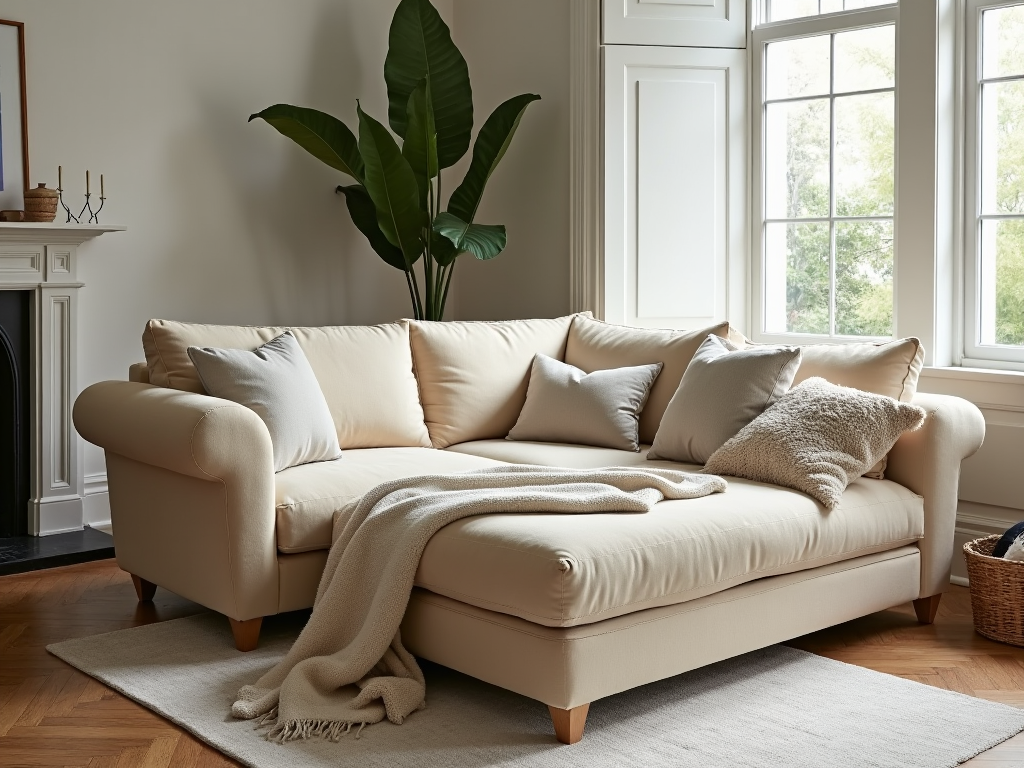Quick facts
Can't find the answer you're looking for? Please get in touch with our friendly team.
What is the difference between a Lazy Susan and a super susan?
A Lazy Susan is a rotating tray often used on dining tables for easy access to food. A super susan is a larger, more robust version, typically designed for corner cabinets, allowing for greater storage and accessibility of items in kitchens or dining areas.
What is the better name for a Lazy Susan?
A more descriptive name for a Lazy Susan could be 'rotating serving tray' or 'turntable.' These terms clearly convey its function as a convenient way to serve food or organize items on a table or countertop.
What is the politically correct name for a Lazy Susan?
The term 'Lazy Susan' is often considered outdated. A more neutral name is 'rotating serving tray' or 'turntable.' These terms focus on the item's function and avoid any potentially negative connotations associated with the original name.
What are lazy susans used for?
Lazy Susans are rotating trays used primarily for serving food, condiments, or spices on dining tables. They help maximize space and make it easier for everyone to access items without reaching across the table. They're also popular in cabinets for organizing kitchen supplies.
What are the disadvantages of a lazy Susan?
Disadvantages of a lazy Susan include limited space for larger items, potential difficulty in cleaning, and the risk of items sliding off if not properly secured. Additionally, they may not fit well in all cabinet designs or dining setups, limiting their versatility.
Why do they call it a lazy Susan?
The term 'lazy Susan' likely originated in the early 20th century, referring to a rotating serving tray. The 'lazy' suggests ease of use, allowing diners to access food without passing dishes. The 'Susan' part may stem from a common name, though its exact origin is unclear.
Why did they call it a Lazy Susan?
The term 'Lazy Susan' dates back to the early 20th century and likely refers to a rotating serving tray. The 'lazy' part suggests ease of use, while 'Susan' was a common name. It made serving food more convenient without needing to pass dishes around.
Category Overview
Introduction
Lazy Susans are versatile, rotating trays that bring a touch of comfort and utility to your home. Often found in dining areas or kitchens, they allow for easy access to food, condiments, or decor items without the need for reaching across the table. This simple yet practical piece not only enhances daily life by promoting convenience during meals but also serves as a stylish accent. Whether you’re hosting a dinner party or enjoying a quiet meal with family, a Lazy Susan transforms any dining experience into one of relaxation and enjoyment.
Functionality
The primary function of Lazy Susans is to provide effortless sharing and accessibility. In the dining room, they hold dishes and drinks within easy reach for all guests—no more passing plates around! You’ll often find them in kitchens too, where they can organize spices or canned goods inside cabinets, maximizing space efficiently. Some variations even have adjustable heights or sizes, making them suitable for outdoor entertaining or small kitchen setups. Unique features like non-slip surfaces or built-in storage compartments can further enhance their functionality. Imagine hosting friends outside on your patio—simply spin the Lazy Susan to share appetizers without disrupting conversations.
Design & Style
Lazy Susans come in an array of styles and materials that cater to diverse tastes. Common materials include wood, metal, glass, and even eco-friendly options like bamboo. Each material offers its own aesthetic appeal: wooden models may evoke warmth and tradition while sleek metal ones bring an industrial edge. You can find designs ranging from mid-century modern simplicity to rustic farmhouse charm. Personalization options abound; consider adding decorative finishes that align with your existing decor theme—whether it's minimalist elegance or vibrant bohemian flair. For instance, if you’re on the hunt for “the best coffee table for small spaces,” integrating a stylish Lazy Susan can serve dual purposes as both table decor and functional serving space.
Practical Considerations
When selecting the right Lazy Susan for your home, consider room size and usage needs carefully. For larger dining tables, opt for bigger diameters so everyone can reach it easily; smaller versions work wonders in compact kitchens or on side tables. Material durability is key too—wood is sturdy but may require more maintenance than metal finishes that resist scratches. A common mistake is underestimating spacing; ensure there’s enough clearance around it so it spins freely without obstruction. Don’t forget about aesthetics! Choose designs that complement other furnishings to maximize visual harmony in your space.
Comparison and Alternatives
When comparing materials for Lazy Susans, both wood and metal have their merits. Wooden versions offer warmth but might be less durable against spills compared to metal counterparts which are easier to clean but may not provide the same cozy feel. Shape also matters: round models promote sharing at the table while rectangular ones fit neatly into corners or narrow spaces—perfect if you desire something like a coffee table with storage capability underneath! Assessing room size can guide your choice; wider spaces allow for larger formats while tighter areas call for sleek designs that won’t crowd your layout.
Trends and Popular Items
Currently trending within Lazy Susans are those embracing natural materials like reclaimed wood alongside sleek marble finishes—a nod toward sustainable design without sacrificing style. The rise of mid-century modern aesthetics has rejuvenated interest in streamlined silhouettes featuring bold colors that pop against neutral backgrounds. Popular items often include multifunctional models equipped with compartments for organization—a great way to simplify hosting duties while adding flair to your decor! In summary, whether enhancing family dinners or organizing essentials in your kitchen cabinet, Lazy Susans integrate practicality seamlessly into everyday life while providing an opportunity to express personal style.


